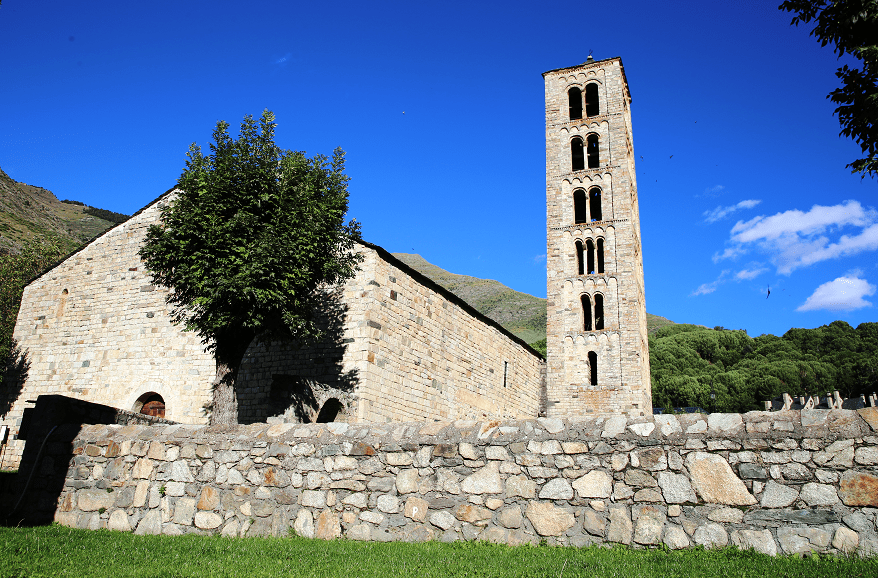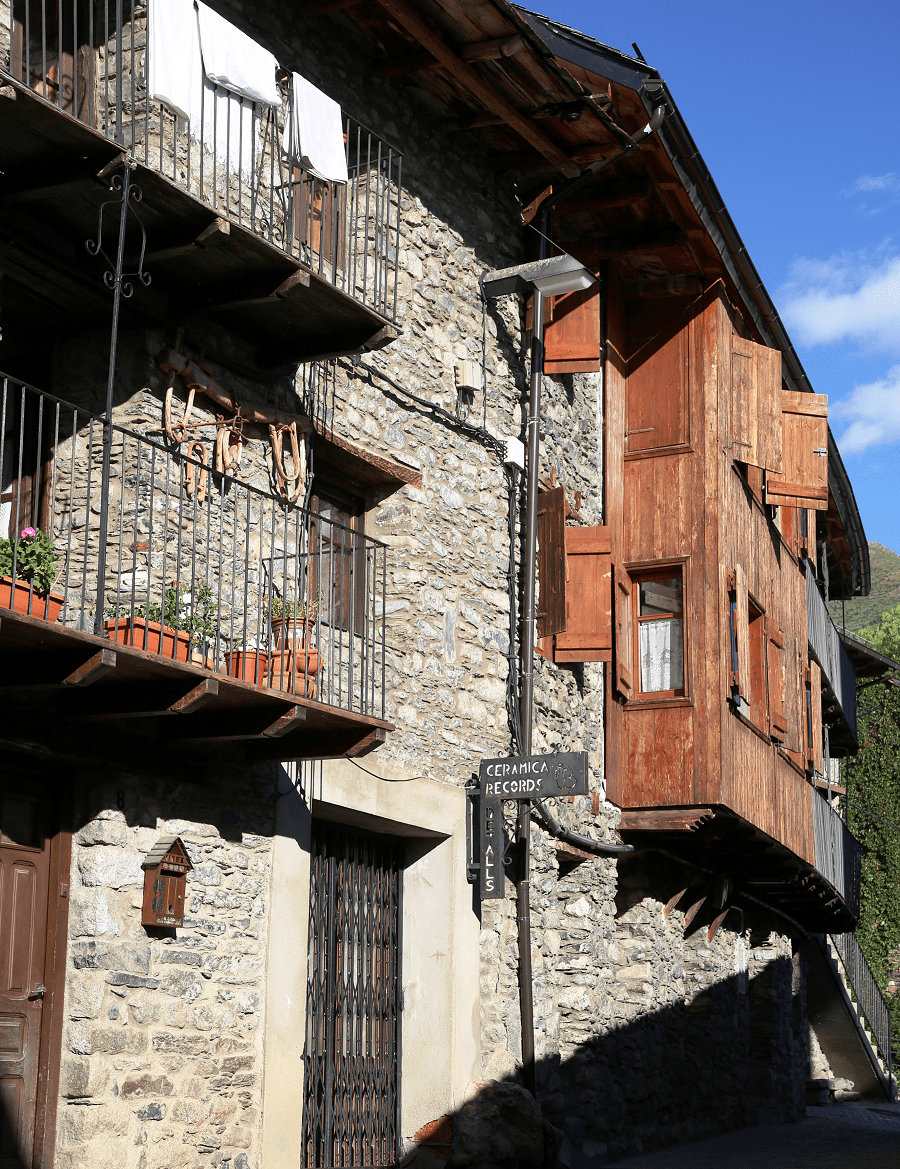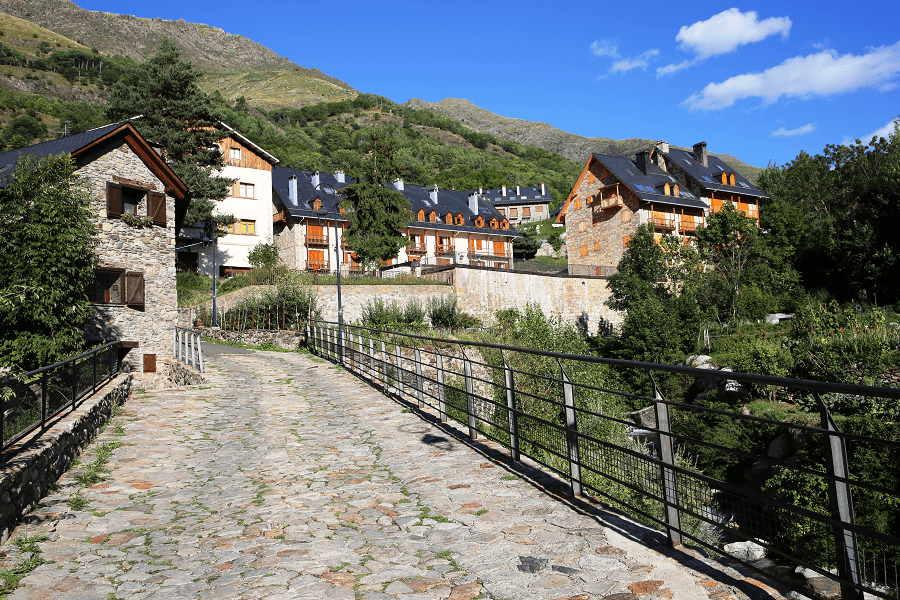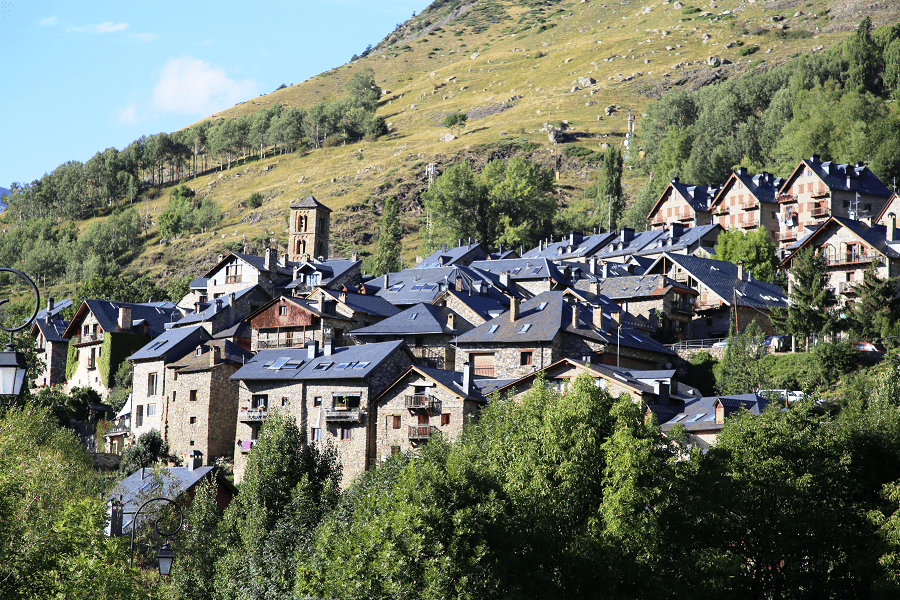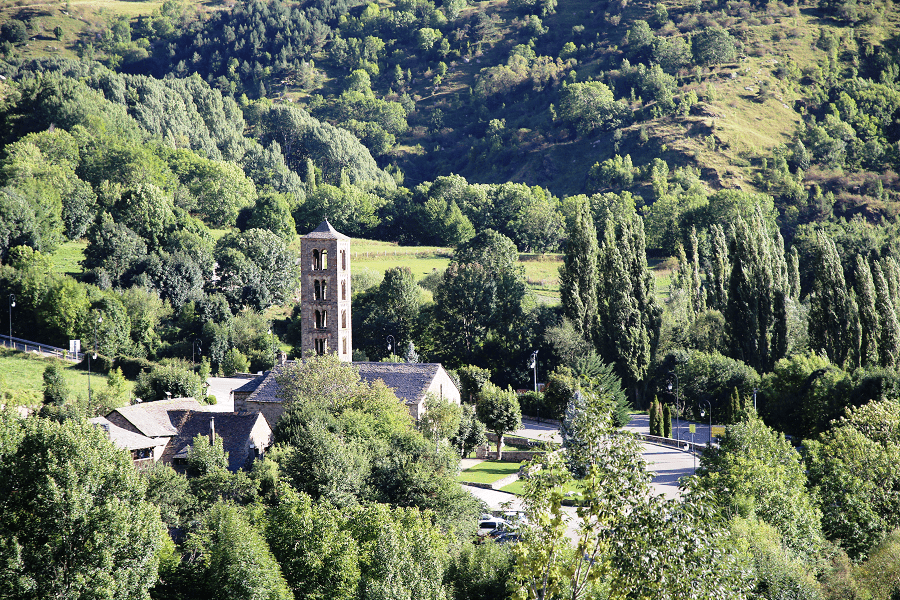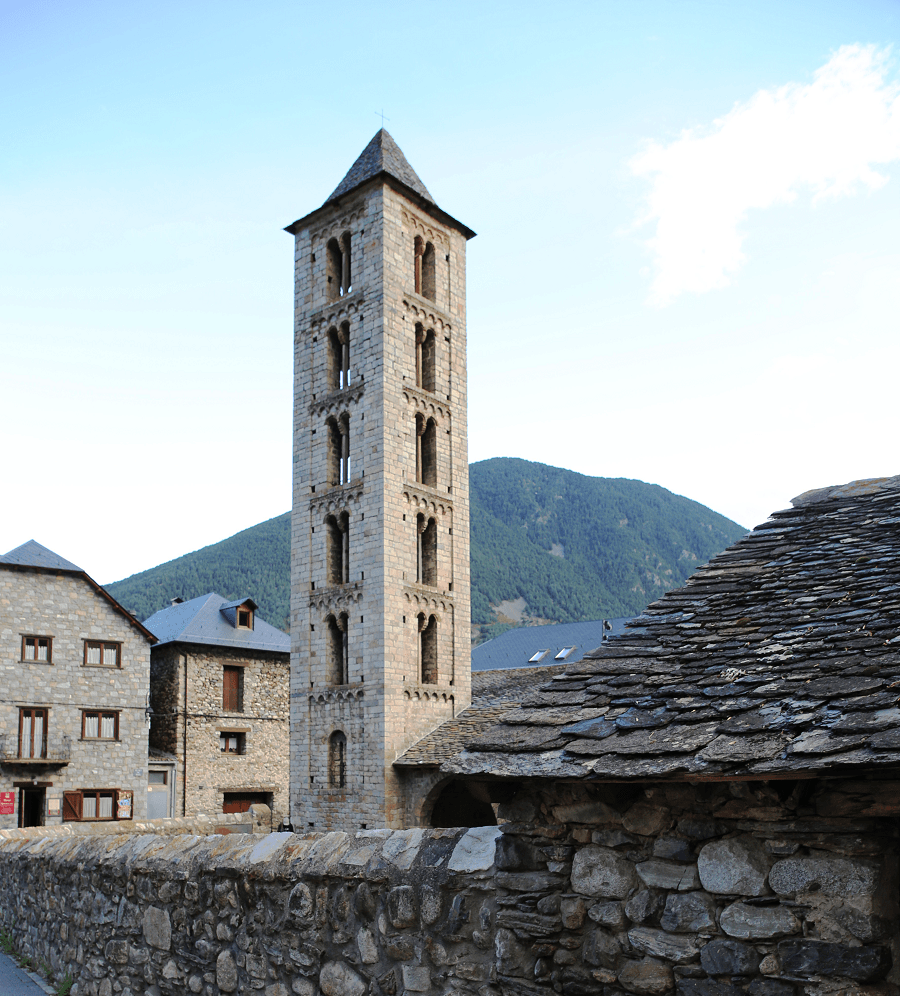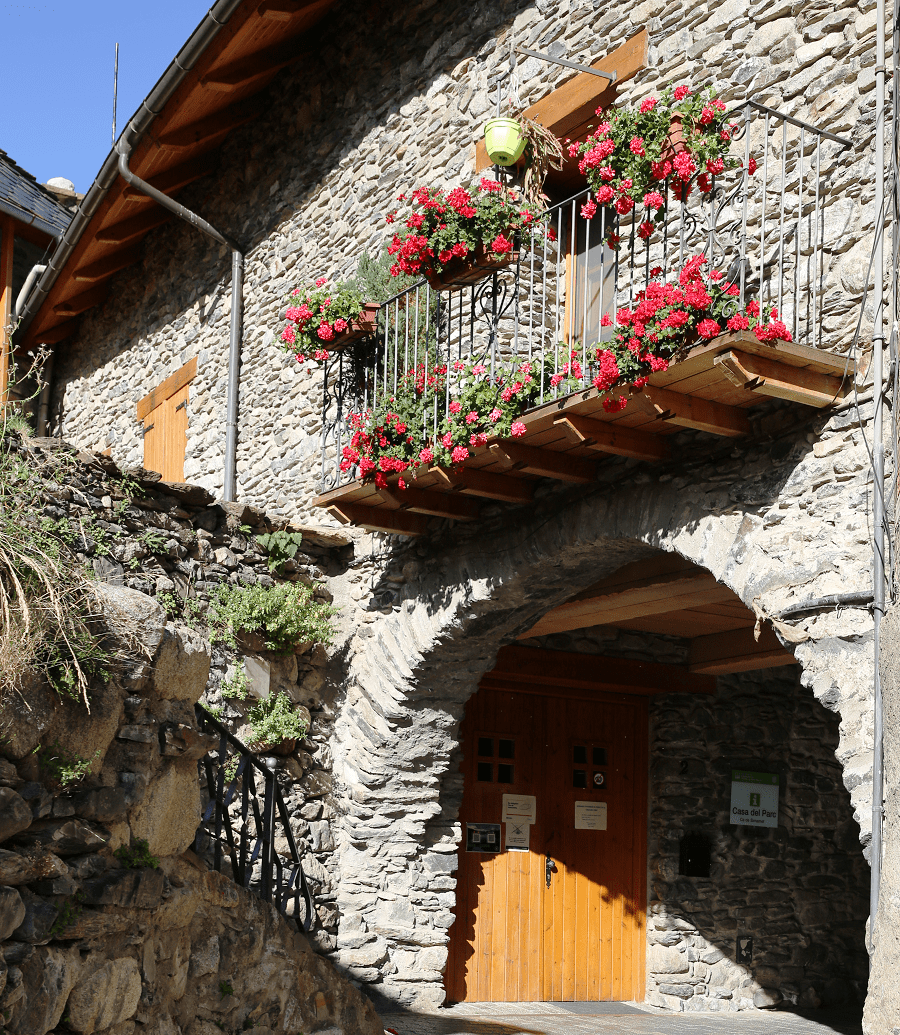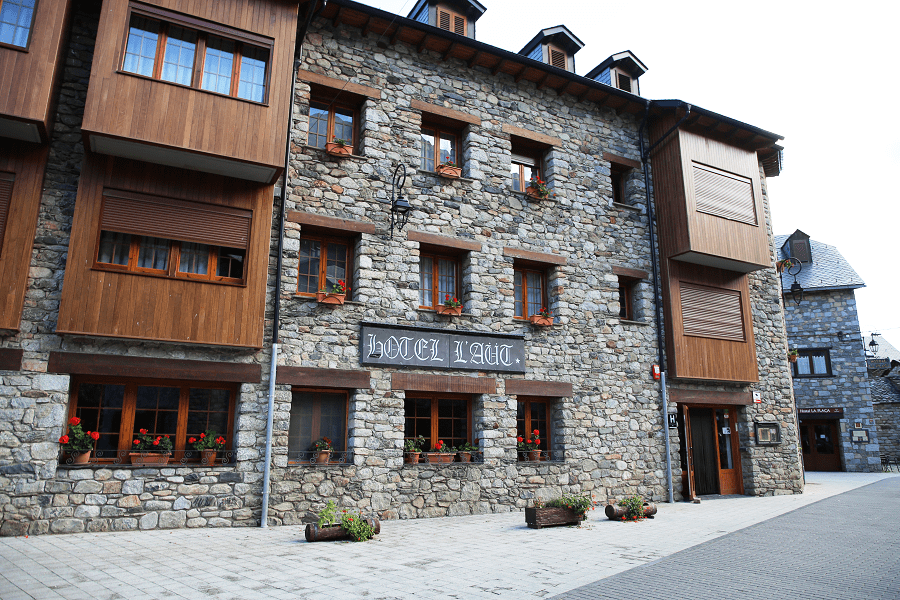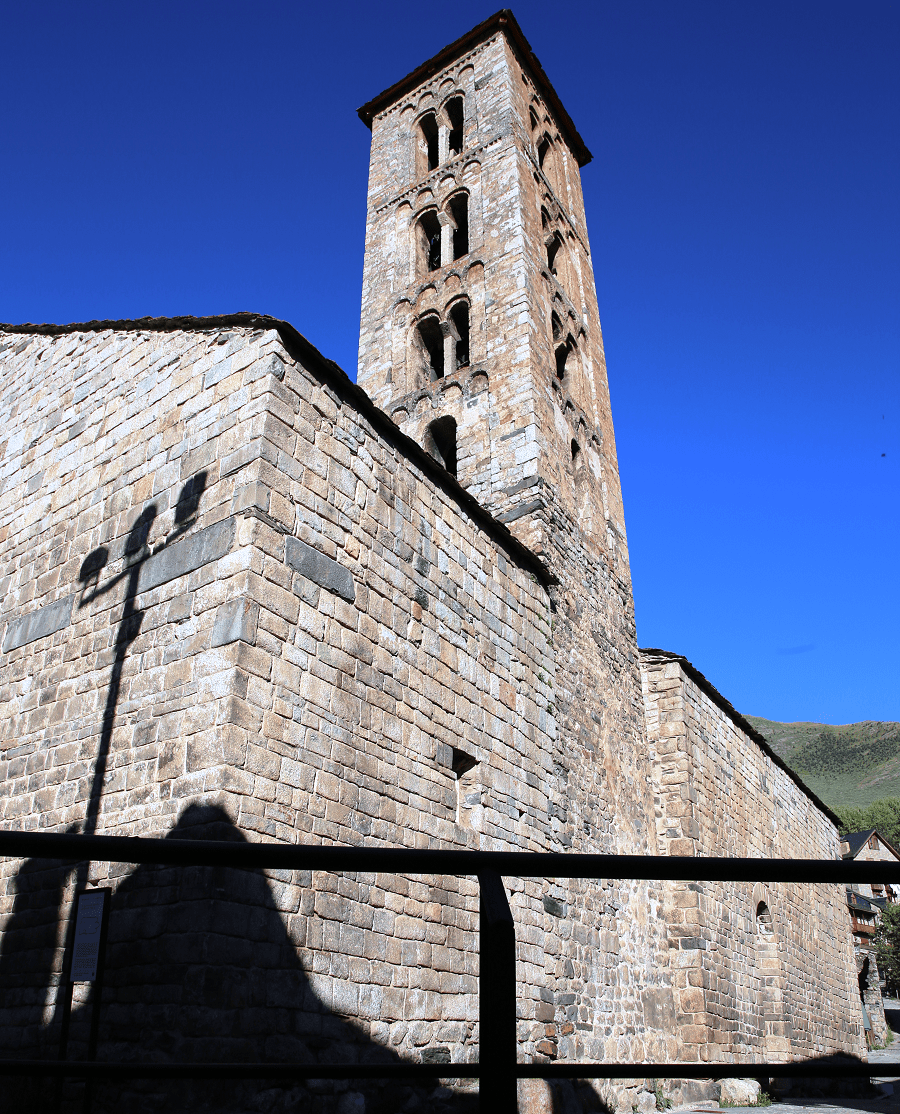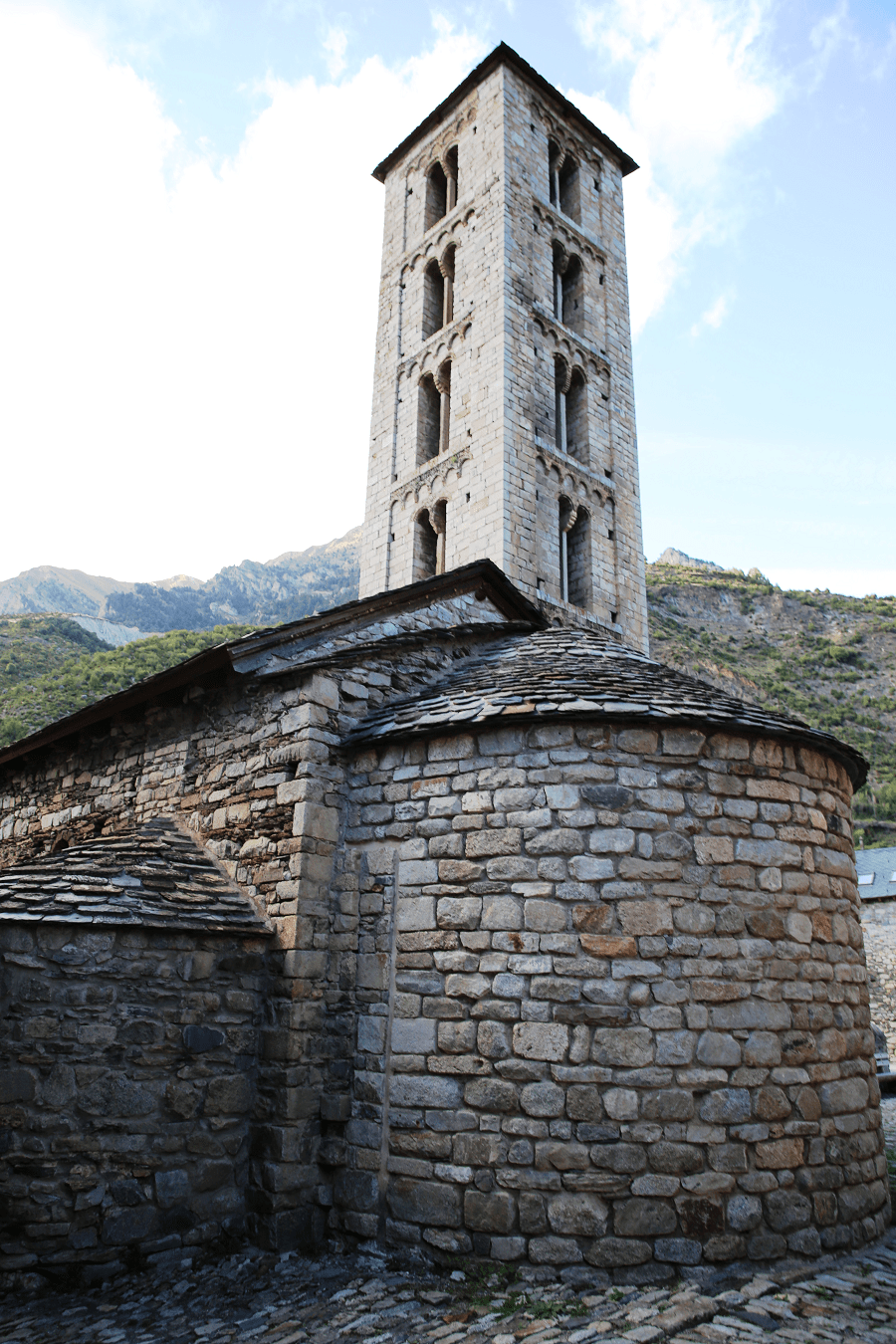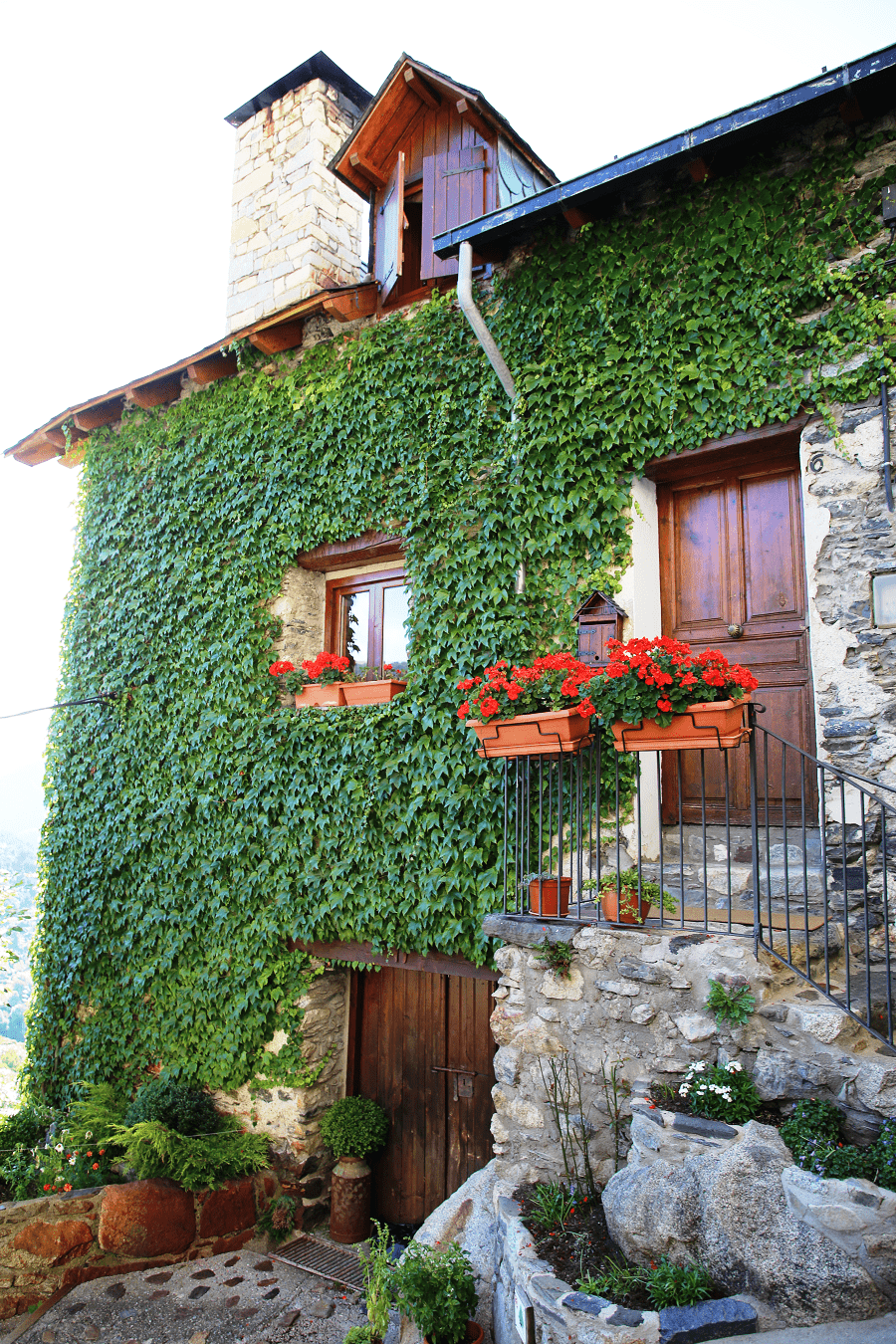Vall de Boí (in Catalan and officially La Vall de Boí), or the Noguera de Tor Valley (the main tributary of the Noguera Ribagorzana River), is a set of valleys and mountains located in the northeastern area of the region of Alta Ribagorza (province of Lleida, Catalonia, Spain), and which forms the largest municipality in the region.
The head of the municipality is located in the town of Barruera. It occupies the main basin of the Noguera de Tor river, whose population has long been established in the subsidiary valley of San Martín.
It limits: to the north with the municipality of Alto Arán, to the northeast with the municipality of Espot, to the east with the municipalities of La Torre de Cabdella and Sarroca de Bellera, to the south with the municipality of Pont de Suert, and to the west with the municipality of Villaller. From the valley you can access the Parque de Aguas Tortas and Lake San Mauricio.
The Boí-Taüll ski resort is also located in the valley, which has the highest point of all those located in the Pyrenees.
Main attractions
One of the best-known monuments in the valley is the church of Sant Climent de Taüll and its pantocrator. The set of Romanesque churches also includes those of Santa María de Taüll, San Juan de Boí, Santa Eulalia de Erill-la-Vall, San Félix de Barruera, Natividad de la Madre de Dios de Durro, Santa María de Cardet, Santa María de the Assumption of Coll and the hermitage of San Quirce de Durro.
Built in the Lombard style, the churches are characterized by their elaborate stonework and the slender figure of their bell towers. Most of the mural paintings of its interiors are preserved in the National Museum of Art of Catalonia. Built during the 11th to 13th centuries, the complex was declared a World Heritage Site by UNESCO on November 30, 2000.
Sant Climent, Taüll.
The church of Sant Climent de Taüll was consecrated on 10 December 1123 by the bishop of Roda. This is a church with three naves separated by cylindrical columns, topped by three semicircular apses. The roof, of two sheds, is built of wood. Next to the building stands a six-story bell tower which despite being attached to the building, is not an integral part thereof.
The main entrance is located on the south facade and is arched. Inside the church there were many frescoes by an unknown painter called the Master of Taüll. The Pantocrator of the church, now preserved in the Museu Nacional d’Art de Catalunya (MNAC), is considered one of the best examples of Romanesque art in Catalonia.
Santa Maria, Taüll
Also was consecrated in 1123 and worked as parish of the municipality of Taüll during the 18th century. Its structure is very similar to that of Sant Climent. Basilica floor plan, consists of three naves and three apses. The bell tower is in the center of the nave. In its inside also were found many frescoes studied in 1907 by Josep Puig i Cadafalch. Highlights the fresco representing the Saint Mary with the child on his lap and that is also shown in the MNAC.
Sant Joan de Boí
It is also a church with three naves. Originally, the roof was made of wood but later was changed to a stone hedge. The bell tower, of clear-Lombard style, is attached to the lateral nave located in the south. Only two of its original stories are preserved, as the last level of the bell tower was added later. Only the apse of the church is preserved. It also has a notable collection of paintings from the 12th century among the highlights of which are those representing various mythical animals. The originals, the Paintings from Sant Joan in Boí, are in the MNAC while reproductions can be seen in the church.
Santa Eulàlia d’Erill la Vall
It was declared a monumento histórico artístico in 1962. The building is a single nave with a semicircular apse. The outer side has a portico decorated with cylindrical columns. The bell tower, typical example of Lombard architecture of the Vall de Boí, is of six stories, with a total height of 23 meters. It is decorated with double windows that frame the arches. In the sacristy was found a 12th-century sculptural group known as El Davallament. The sculpture is preserved separately: one part is at the MNAC and one in the Episcopal Museum of Vic.
Sant Feliu, Barruera
First appears documented in the late 13th century but little is known of its history. Located in the municipality of Barruera, is a building with a single nave with a barrel vault. The nave is headed by a semicircular apse.
La Nativitat, Durro
Situated at an altitude of 1,386 meters, in the small town of Durrës, the church is documented for the first time in the 11th century when it belonged to the County of Pallars. Its style and characteristics are very similar to those already mentioned. It has a single nave and a single apse and five-story bell tower has very few openings.
Hiking routes
Barruera – Boí (Camí de l’aigua)
Category Walks
Duration 1,40h
Distance 3,90km
Elevation 180m
Barruera – Cardet
Category Walks
Duration 0,50h
Distance 2,20km
Elevation 90m
Barruera – Durro
Category Walks
Duration 1,30h
Distance 2,40km
Elevation 275m
Barruera – El Pont de Saraís (The water trail)
Category Walks
Duration 1,30h
Distance 4,05km
Elevation -100m
Barruera – Erill la Vall
Category Walks
Duration 1,45h
Distance 4,10km
Elevation 115m
Boí – Caldes de Boí
Category Walks
Duration 2,15h
Distance 5,20km
Elevation 160m
Boí – Durro (Camí del Pago)
Category Walks
Duration 1,30h
Distance 3,40km
Elevation 120m
Boí – Taüll
Category Walks
Duration 0,40h
Distance 1,10km
Elevation 110m
Camí de Llanceros
Category Walks
Duration 0,45h
Distance 1,60km
Elevation -220m
Erill la Vall – Caldes de Boí
Category Walks
Duration 2,00h
Distance 4,75km
Elevation 200m
Pont de Saraís – Cóll
Category Walks
Duration 0,30h
Distance 1,05km
Elevation 170m
Aigüestortes Plateau – Llong Lake
Category Hikes
Duration 1,30h
Distance 4,20km
Elevation 160m
Barruera – Roies de Cardet (Cara Amon)
Category Hikes
Duration 2,20h
Distance 4,80km
Elevation 1.350m
How to get to?
From Lleida 1 hr 52 min (142 km) via N-230
From Barcelona 3 hr 32 min (292 km) via A-2 and N-230
From Madrid 5 hr 45 min (556 km) via A-2



